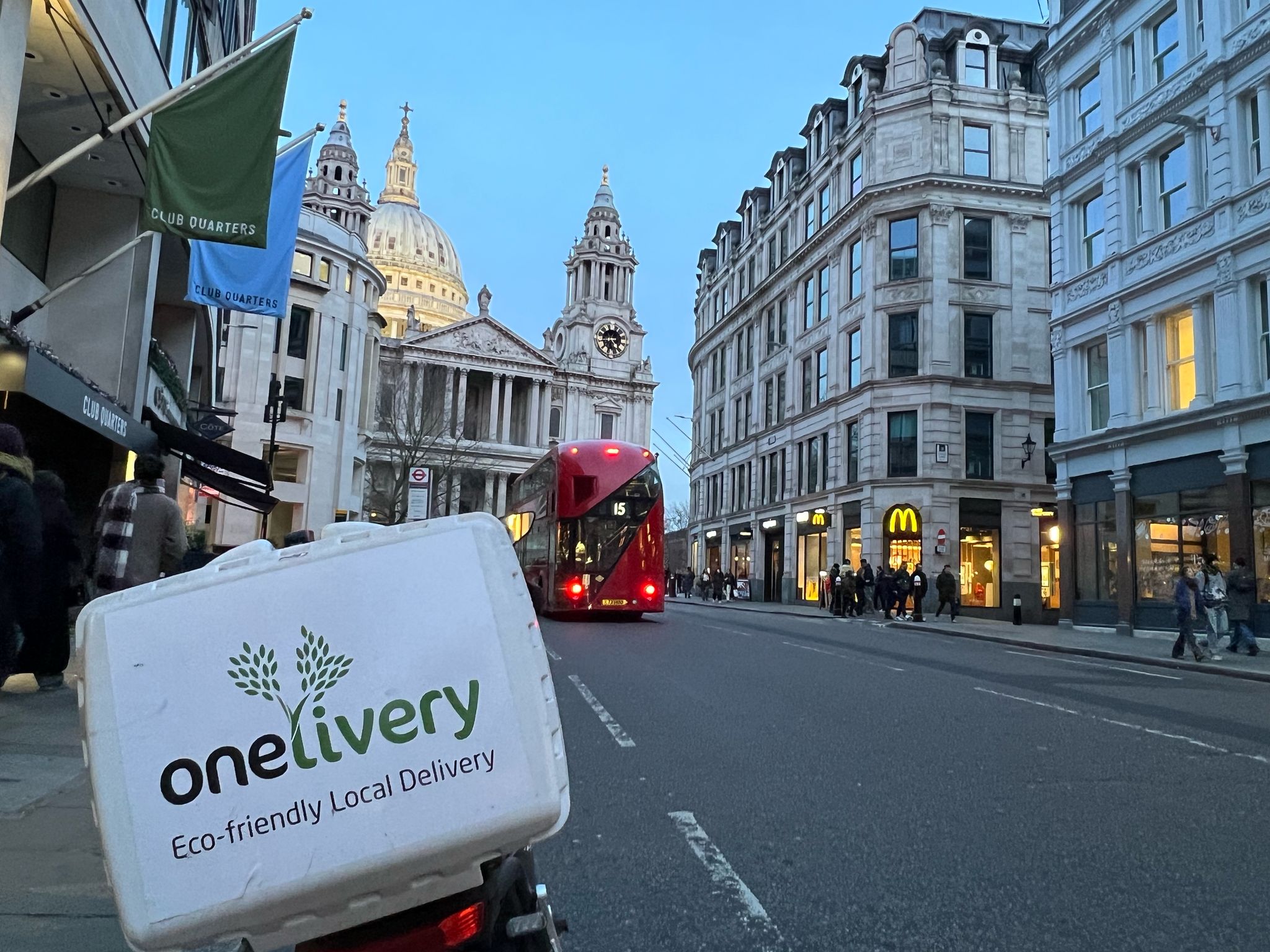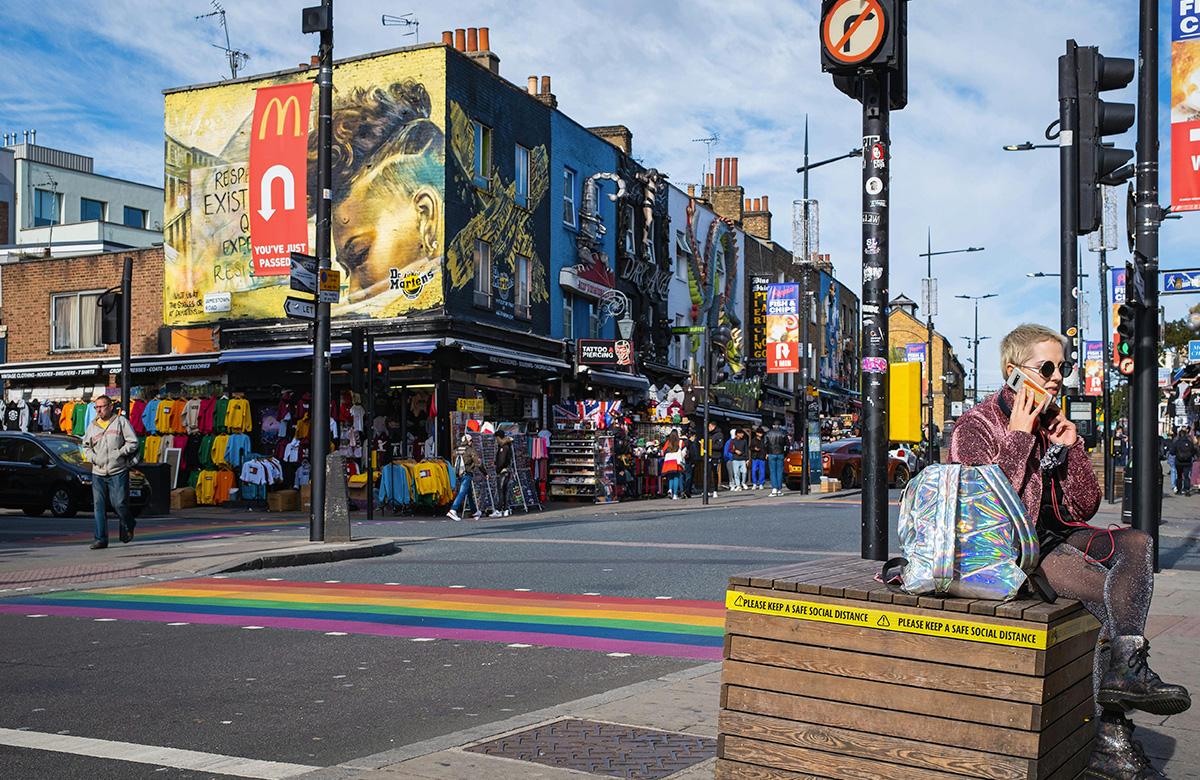Imagine a city where delivery vehicles glide silently through the streets, leaving behind nothing but clean air. With the rise of electric vehicles (EVs) in the logistics sector, this vision is quickly becoming a reality. As businesses and governments push for greener alternatives, the delivery industry is undergoing a major transformation. But how practical is the shift to electric fleets, and what challenges lie ahead?
The Growing Need for Sustainable Delivery
With transport accounting for 34% of the UK’s CO₂ emissions, delivery services play a significant role in the country’s carbon footprint. The surge in online shopping, coupled with increasing demand for faster delivery, has only intensified this issue. Traditional petrol and diesel-powered fleets contribute heavily to urban pollution, impacting both air quality and public health.
In response, companies are turning to electric delivery vehicles as a solution. From small businesses to global couriers, EVs are being adopted at an accelerating rate, driven by stricter emission regulations and the push for sustainability.
Benefits of Electric Vehicles in Delivery Fleets
✅ Lower Carbon Emissions – EVs produce zero tailpipe emissions, significantly reducing a company’s environmental impact. A typical electric van can save up to 60% in CO₂ emissions compared to diesel alternatives.
✅ Cost Efficiency – Although the upfront cost of EVs can be higher, long-term savings on fuel and maintenance make them a smart investment. Electricity is cheaper than diesel, and EVs have fewer moving parts, resulting in lower repair costs.
✅ Regulatory Incentives – With cities implementing Low Emission Zones (LEZs) and Clean Air Zones (CAZs), EVs allow businesses to avoid hefty fines and extra charges that come with operating petrol and diesel fleets in restricted areas.
✅ Improved Brand Image – Consumers are becoming more eco-conscious, and businesses that prioritise sustainability gain a competitive edge. Green initiatives like electric delivery fleets enhance brand reputation and customer loyalty.
Challenges of Switching to Electric Delivery Vehicles
⚠️ Higher Initial Costs – Electric vans and trucks require a substantial upfront investment, making the transition difficult for small businesses.
⚠️ Charging Infrastructure – Access to charging stations remains a challenge, particularly for businesses that operate large fleets or need quick turnaround times. However, improvements in fast-charging technology are making EV adoption more viable.
⚠️ Range Limitations – While modern EVs have improved battery life, some models may struggle with long-distance routes. Businesses must carefully plan logistics to avoid delays due to recharging needs.
⚠️ Supply Chain Delays – The growing demand for EVs has put pressure on manufacturers, leading to longer wait times for fleet upgrades. Businesses must factor in potential delays when planning their transition.
How Onelivery is Embracing Sustainable Logistics
At Onelivery, we understand that the future of delivery must be both efficient and sustainable. That’s why we’re actively exploring green logistics solutions, including the integration of electric vehicles into our fleet. By adopting eco-friendly transportation, we’re not only reducing our carbon footprint but also ensuring that our services remain future-proof and compliant with evolving regulations.
As more businesses embrace EVs, the delivery industry is set to become cleaner, smarter, and more efficient. The road to sustainability may have its challenges, but with innovation and commitment, electric vehicles are paving the way for a greener future in logistics.









